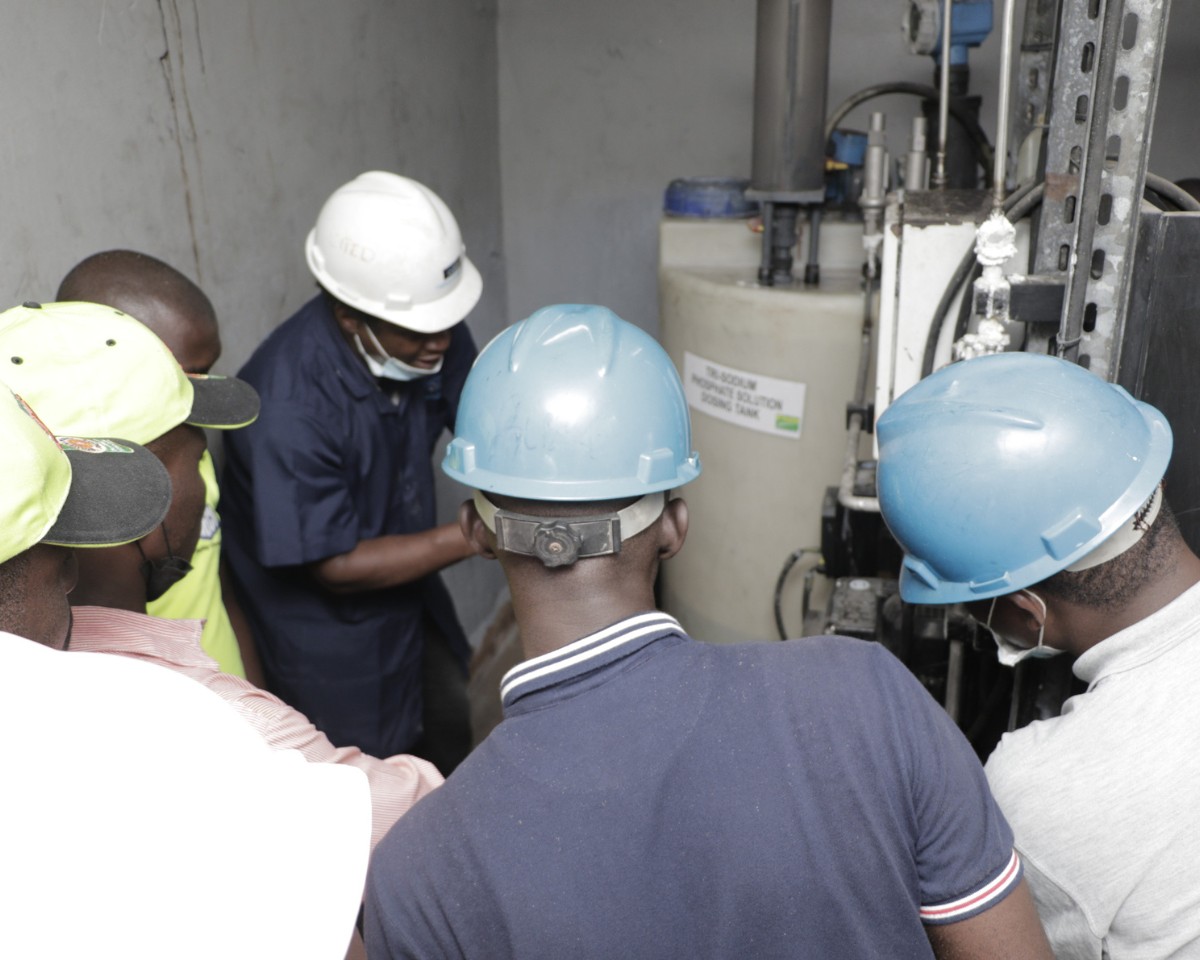Protection relays are used in power systems to maximise continuity of supply and are found in both small and large power systems from generation, through transmission, distribution, and utilisation of the power.

Details
The continuity of the electrical power supply is very important to consumers, especially in the industrial sector. Protection relays are used in power systems to maximise continuity of supply and are found in both small and large power systems from generation, through transmission, distribution, and utilisation of the power. A good understanding of their application, operation, and maintenance are critical for operating and maintenance personnel.
The strengths and weaknesses of the latest microprocessor (or numerical) relays as compared to the older electromechanical relays will be examined. You will also gain a solid appreciation of how the modern relay communicates not only to the central SCADA system but also between themselves, resulting in a truly multifunctional system that includes protection, control, and monitoring. Finally, you will gain a solid understanding of issues of reliability and security for the modern relay.
Programme Outline
Basics of Power System Protection
- Requirements of protection in an electrical system – Reliability, dependability, and security
- Types of faults
Evaluation of short circuit currents
Fault calculations in simple circuits
- Earth faults and the role of system earthing
- Characteristics of protective relaying – Sensitivity, selectivity, stability, and speed
Protection using fuses
Protective relay/release and circuit breaker combination
- Instrument transformers and their application in protection systems
Relays and their Development
- Types of protective relays (DMT and IDMT)
- Electromechanical and static relays
- Microprocessor and numerical relays
- IDMT characteristics are expressed as a mathematical function
Comparison of electromechanical/static and numerical relays – Key features: Flexibility/reliability/communications/SCADA interface – Cost – Integrated protection and control
Protection Coordination
Time and current grading
Application of time and current grading
Grading using IDMTL characteristics
- Better grading through numerical relays
Typical Block Diagram of Numerical Protection Relay
Typical block diagram
- Hardware and software architecture
- Sampling interval
Extension of capabilities of relays in numerical design
- From individual protection relays to a complete protection management system
- Structure of the Intelligent Electronic Device (IED)
Configuring substation automation using IEDs
Types of Numerical Protection Systems and Principles
Functional protection relays
Equipment protection systems with multiple functions

